Top 5 FAQs on Learning to Solo Skydive at Skydive Chicago
What is the Skydive Chicago AFP Program?
First, know that every skydiving center is different. Skydive Chicago prides itself on teaching students to become skydivers, leaving no guessing what steps are next to earning a license. Skydive Chicago created a custom curriculum based on the minimum requirements outlined by the national organization called the United States Parachute Association; and we continue to audit and update our program, ensuring to our high standards of training. The solo skydiving curriculum is called the Advanced Freefall Program [AFP].
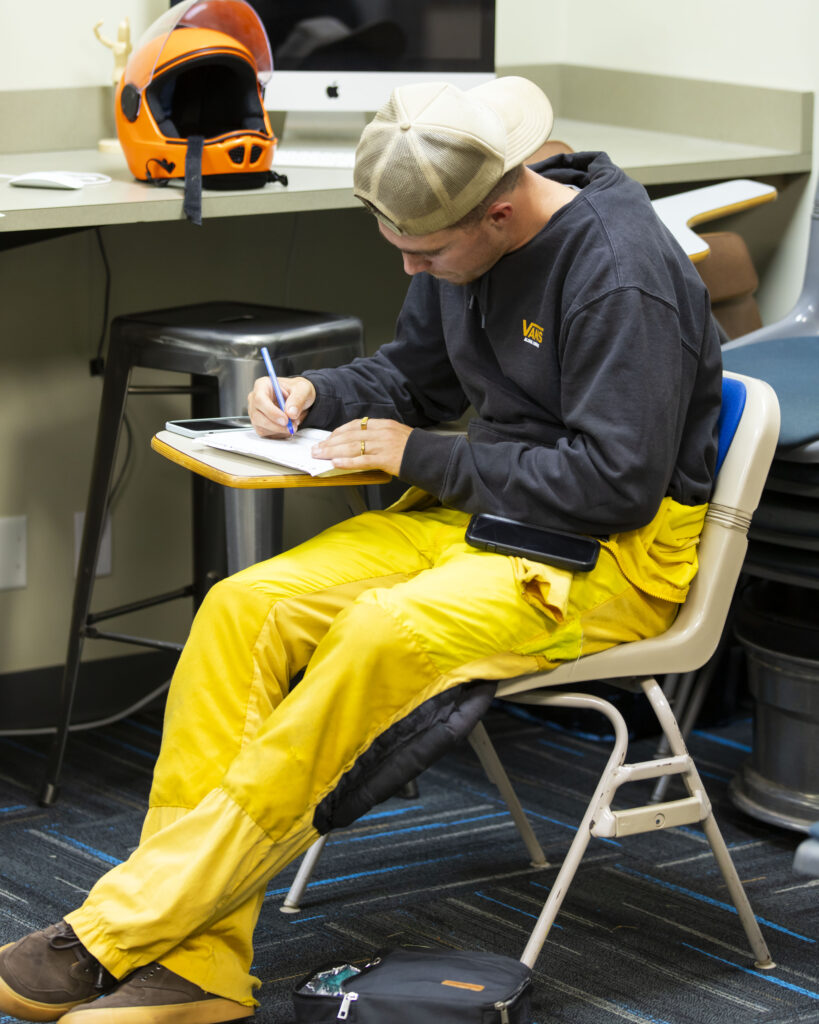
The AFP Program is a single instructor, 18-level program that starts with 2 tandem skydives. In other programs, after the basics skills are achieved, you may be able to do solos or jump with coaches to finish the requirements. The AFP Program guides you through the entire program with an instructor who has higher qualifications and skills to train you.
The AFP program goes through the basics to intermediate skill building regarding aircraft procedures, freefall skills and procedures, canopy skills and landing, and emergency procedures. This is the general guideline through the program:
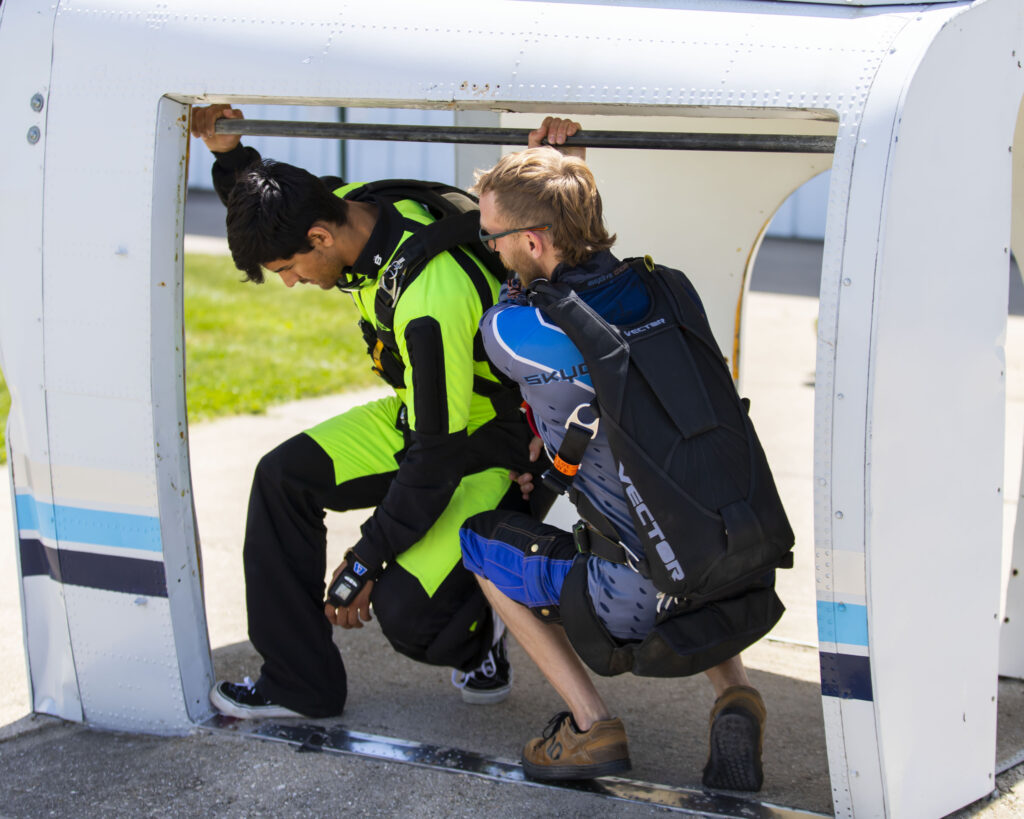
In short, yes. Skydive Chicago requires 2 tandem skydives before learning to solo skydive.
The AFP program utilizes tandem skydiving to start. Why? Tandem skydiving gives students an opportunity to see what the sport is all about with the guidance of a Tandem Instructor talking through the basics of aircraft, freefall, and canopy procedures. This orientation gives students a head start in learning to solo skydive.
This depends on a few factors: the time you can dedicate, weather, and finances. We offer packages or pay in full discounts, we have rental cabins on site or tent camping if you’d like to stay a few days to get jumps in, and we also offer A-license in a week* where you come out for the week to complete the program after taking the AFP transition class online.
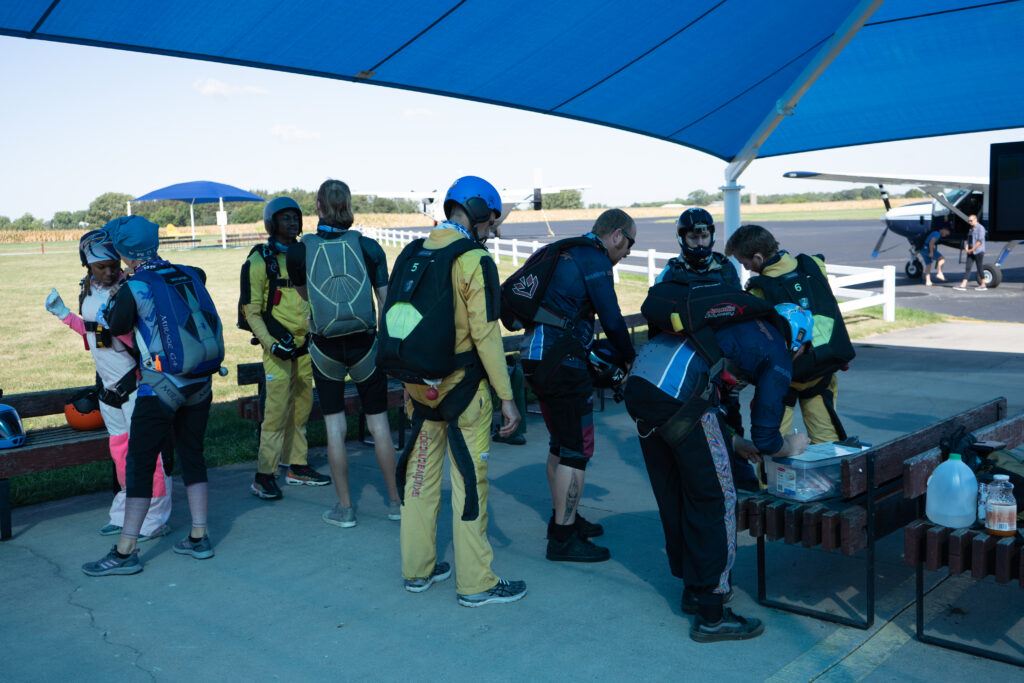
Generally students take from 1 week to about 4 months to complete the program.
*We cannot guarantee the license can be completed in a week due to each students pace to handle the intense training and because of the unpredictable nature of weather
We are excited to be one of the first skydiving centers to utilize online ground school training to learn to how solo skydive! This opportunity allows students to take the course on their own schedule from any device, as long as you have wifi service. Once purchased, you’ll have 7 days access to complete with a comprehensive quiz at the end.
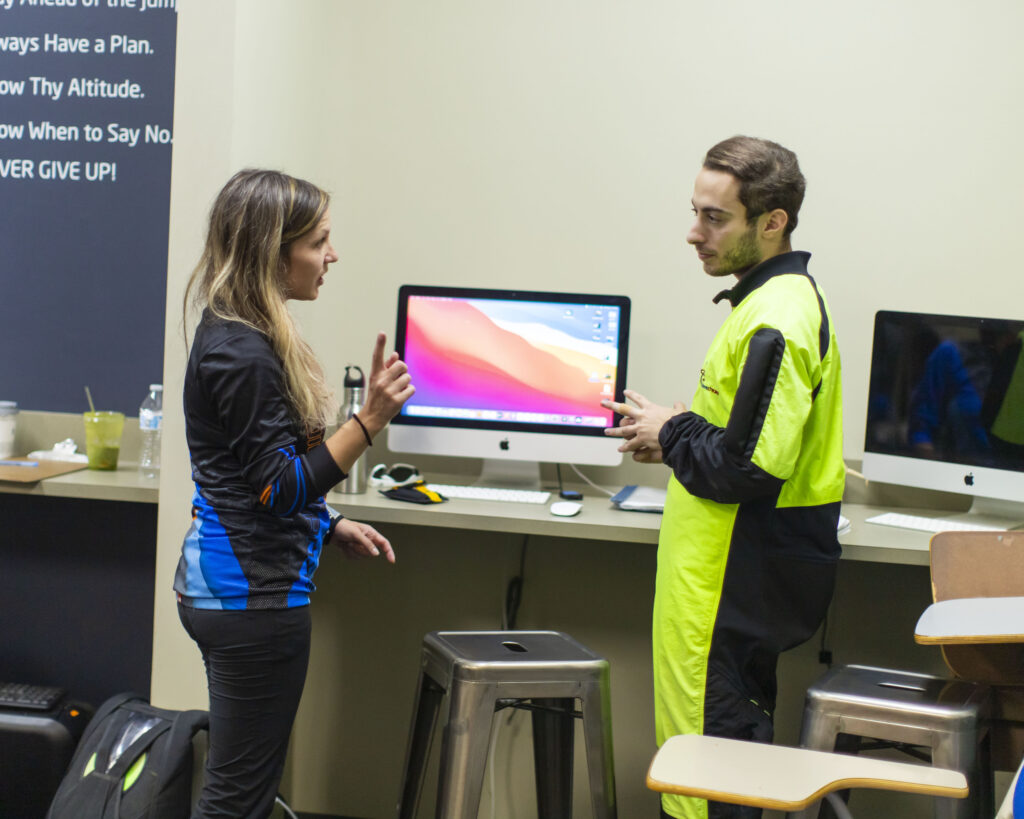
Once the course is completed you’ll schedule a 1-2 hour in-person practical that will review the knowledge learned as well as rehearse how to exit, demonstrate the freefall position, freefall sequence, review canopy flight, landing pattern, and landing as well as rehearse the emergency procedures. When you show proficiency in these skills, you’ll be ready to make your first solo skydive!
The A-license requirements are determined by USPA and may be found on their A-license proficiency card. These skills and more are all covered and taught by instructors.
General
25 Jumps
Review emergency procedures
Freefall
- Show control on all axis on 1 skydive (front loop, back loop, barrel roll) x1
- Dive out of plane to ‘dock’ (or link up) with Instructor or Coach x2
- Track away (to demonstrate separating from a group to pull parachute away from others)
- Wave off and pull clear of other jumpers
- 3,500’ hop and pop (to demonstrate an aircraft emergency exit)
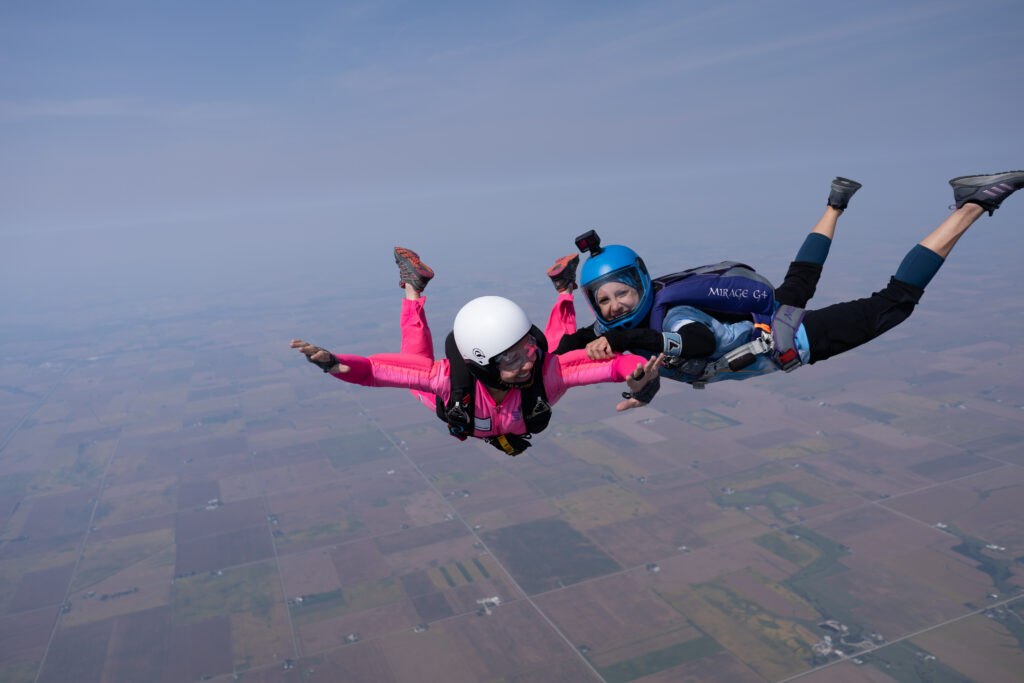
Canopy
- Plan and fly a landing pattern
- Stand up landing
- Braked approach to landing
- Landing 65’ from a target center x5
- Evasive maneuver turns x2
- Predict turbulence
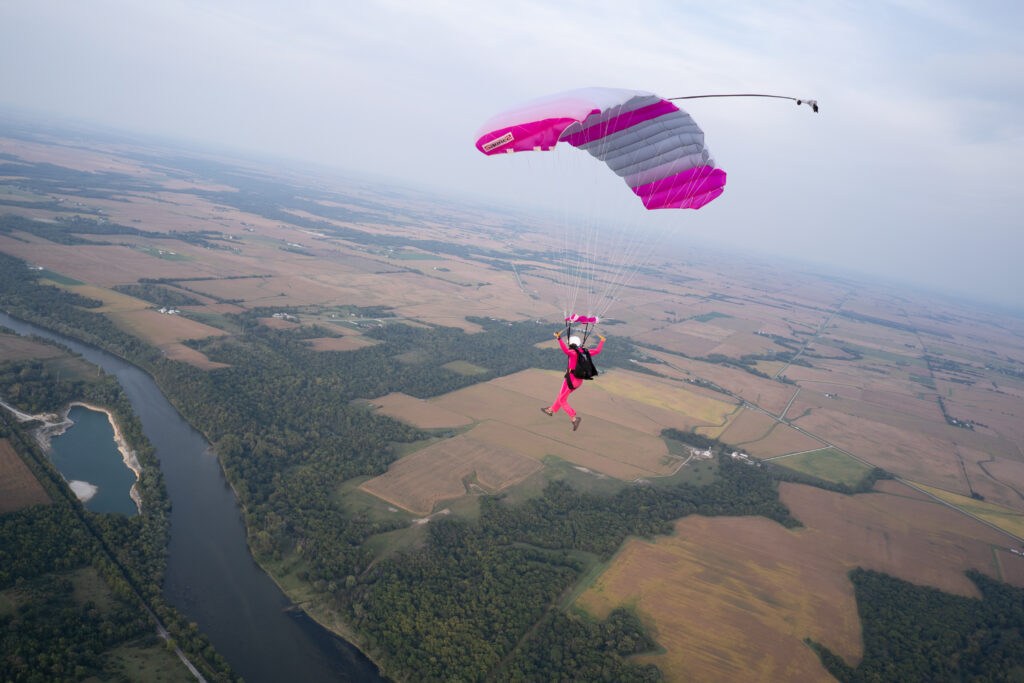
Aircraft & Spotting
- Demonstrate understanding on seat belt usage & applicable FAR’s
- Identify runway headings, length, aircraft approach/departure
- Calculate winds aloft forecast
- Understand cloud clearances
- Pilot briefing on weight and balance
- Spot without assistance
Equipment Knowledge
- Demonstrate owners maintenance on a rig
- Calculate wing loading of main and reserve parachute
- Demonstrate understanding of RSL
- Demonstrate understanding of an AAD
- Pack a main parachute
- Check equipment for another skydiver
- Change or adjust a main closing loop
- Understand knowledge of FAA repack cycles
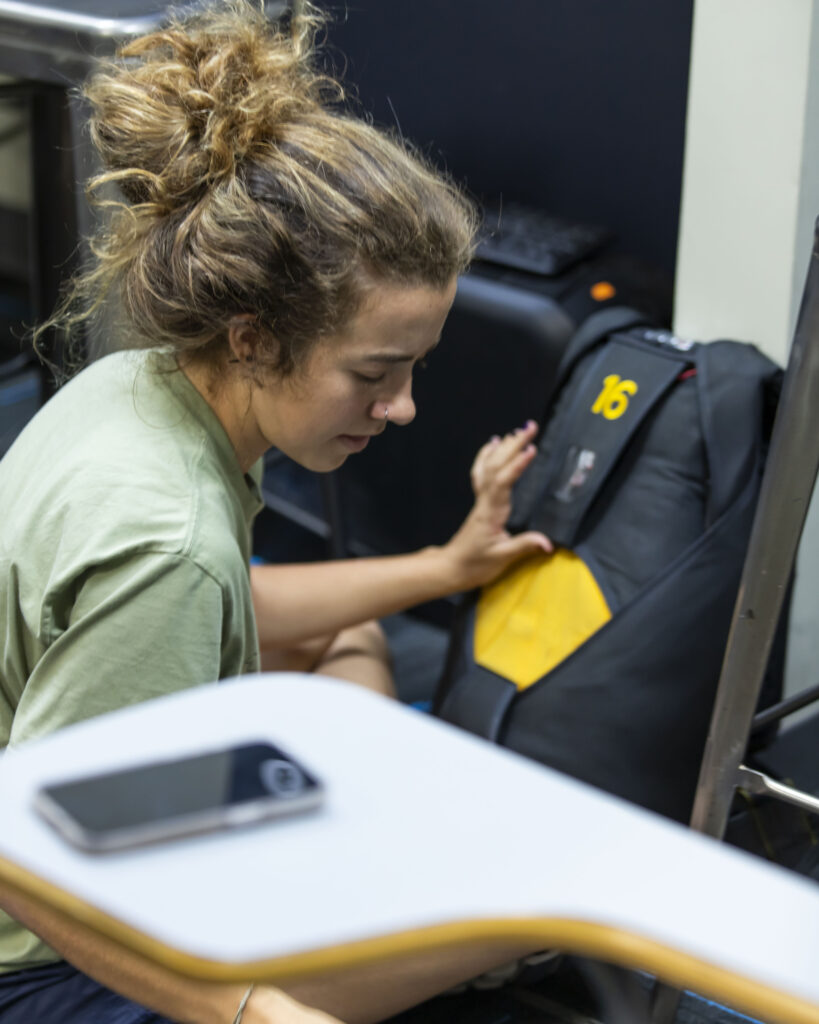
Ready to embark on the journey of learning to solo skydive?
The post Top 5 FAQs on Learning to Solo Skydive at Skydive Chicago appeared first on Skydive Chicago.

